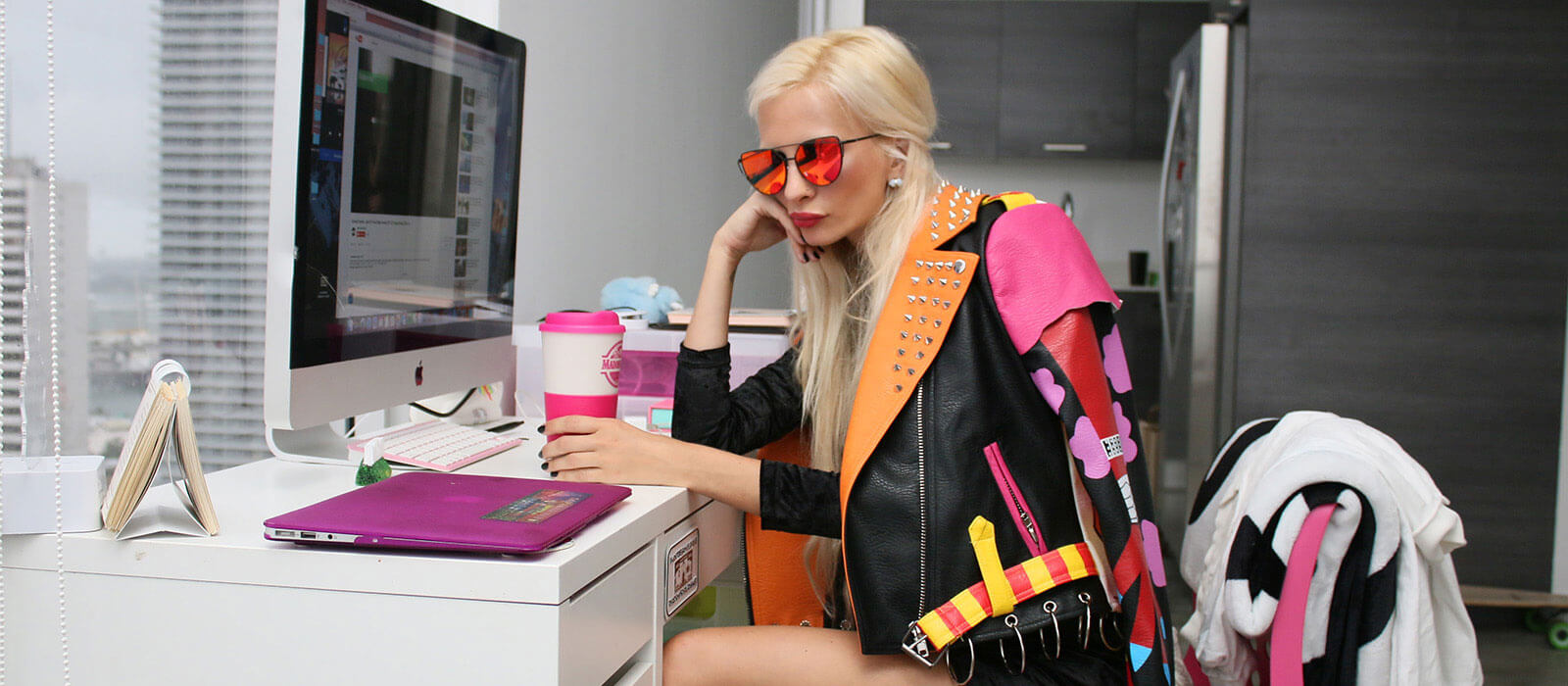In a 2015 study by IBM found the top two things millennials want from their job is to:
- Make a positive impact on my organization (25%)
- Help solve social and/or environmental challenges (22%)
More recently, there’s a clear and negative shift in how millennials feel their employers are handling the things they wanted from work. According to the 2018 Millennial Survey from Deloitte, 65% of millennials surveyed believed their businesses behave ethically in 2017. That number is down to 48% in 2018, marking a steep decline.
The numbers show a similar lack of trust in leadership as well, with a drop from 62% to 47% believing their business leaders are committed to help improve society. Those numbers are from 2017 to 2018, respectively.
Throwing more numbers in the mix, in 2016, a survey by Gallup indicated only 29% of millennials feel engaged at work. That was back in the good ol’ days before millennials lost trust in their companies and leadership.
I have a feeling that 29% number for millennial engagement hasn’t gone up.
The problem stems from a clear mismatch between what millennials want out of their job and what they’re getting. While the trend of “job-hopping millennials” was once considered a myth, with numbers like these it’s no wonder that trend has been increasing.
Here’s some tips for keeping your company on the right side of those numbers by setting up some clear expectations for onboarding millennials.
Hire the right person
It sounds obvious, but it’s worth pointing out. Too often “the right person” for companies means someone who checks off everything in the job description. Unfortunately, many business leaders hire only for skills, leaving off the cultural fit until problems start to manifest themselves. At that point, it’s too late.
Skills are important, but they can be taught. You can’t teach heart.
To get trust, you must give trust first. It’s hard to know where someone’s heart is at in an interview, but you can do your best to make sure your potential candidate understands your company’s values and mission. Start things out the right way and you’ll be more likely to attract the right person.
Set them up for success
The first day of a new job is nerve-racking enough. Before their first day, send out a box filled with a welcome package. Here’s a few suggestions for what to put inside:
- Company-branded shirt. Remove the question of what to wear on their first day.
- Map with directions to the office and where to park. Help remove any questions before they arise.
- HR paperwork. When the paperwork is filled out before they arrive, you don’t have to spend the first day filling it out.
- Picture frame. Encourage them to put a photo of loved ones in the frame to start decorating their office from day one.
- Branded notebook and pen. There’s bound to be a lot of notes to take as they’re getting up to speed. Be proactive in providing them the tools they need.
Rather than letting your new hires figure things out on their own, help them out. Let them know you’re thinking about them even when they’re not there. Out of sight, out of mind isn’t a thing at your company.
Be deliberate. Be authentic.
Every company’s culture is unique, but they all have one. When your onboarding process fails to establish your company culture, your new hires will bring what they know with them. Before long, your culture will be a melting pot of previous experiences from across your company — something that’ll start to breed anger and frustration as everyone is rowing in different directions.
Instead, establish the baseline for your new hires. Some companies speak a good game to hire talent but fail to follow-through. The numbers we looked at earlier indicate millennials can tell when you’re trying to pull a bait and switch. Your company’s core values should be more than a poster decorating the wall. Throughout the onboarding experience and beyond, your values should be something authentic to you and your company.
Look for ways to give BAM
Belonging, affirmation, and meaning (BAM). That’s what keeps your people working for you.
When you’re actively providing BAM for your long-time employees, it’s easier to share that with new hires. You can do this by creating what I like to call a navigator program. A navigator is a volunteer from your company who is assigned to help new hires navigate their first few weeks at your company.
Ideally, they’re on a different team than the new hire so they can act as a bridge between the new hire and anyone else in the company. Team leaders are great for answering questions, but sometimes there are questions your new hire won’t feel comfortable asking the team lead yet.
Have the navigator schedule lunches with themselves, the new hire and random groups of people. This will help the new hire get to know new people while still having someone they’re more comfortable around. See if your new hire has a free evening or weekend and schedule a big social event (e.g., bowling, an escape room, or laser tag) for the entire company to celebrate the new hire.
When you make them feel like they belong to the team early on, you’ll help their work have meaning. They’re not just punching buttons and working for the weekend. Deadlines and tasks won’t be completed because they must, but rather because they’re making a commitment to their coworkers — their friends.
Learn more about the concept of BAM
As your company grows, you’ll have more opportunities to onboard new hires. Follow up with them while onboarding is still fresh, but they’ve had time to settle into your company. Practice active listening as you listen for ideas to improve. Not everything will be feasible, but this is a great way to get ideas for improving the onboarding experience for your company.



